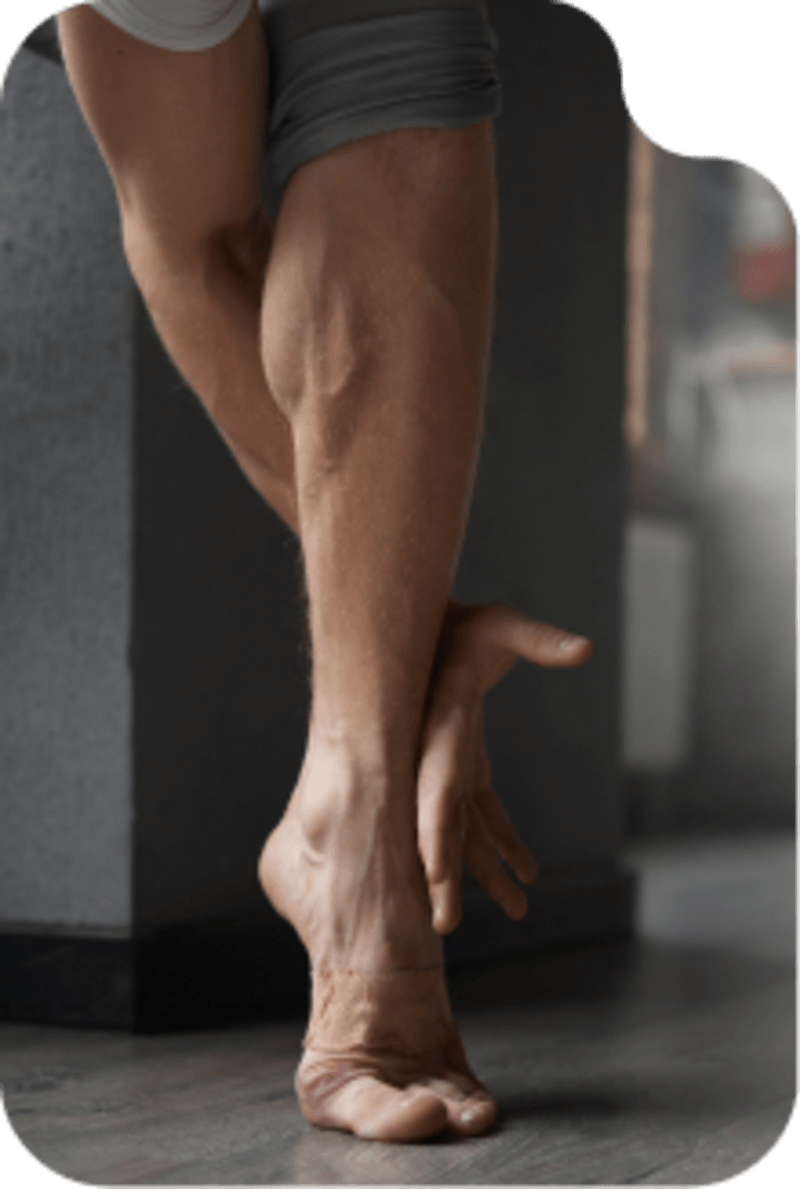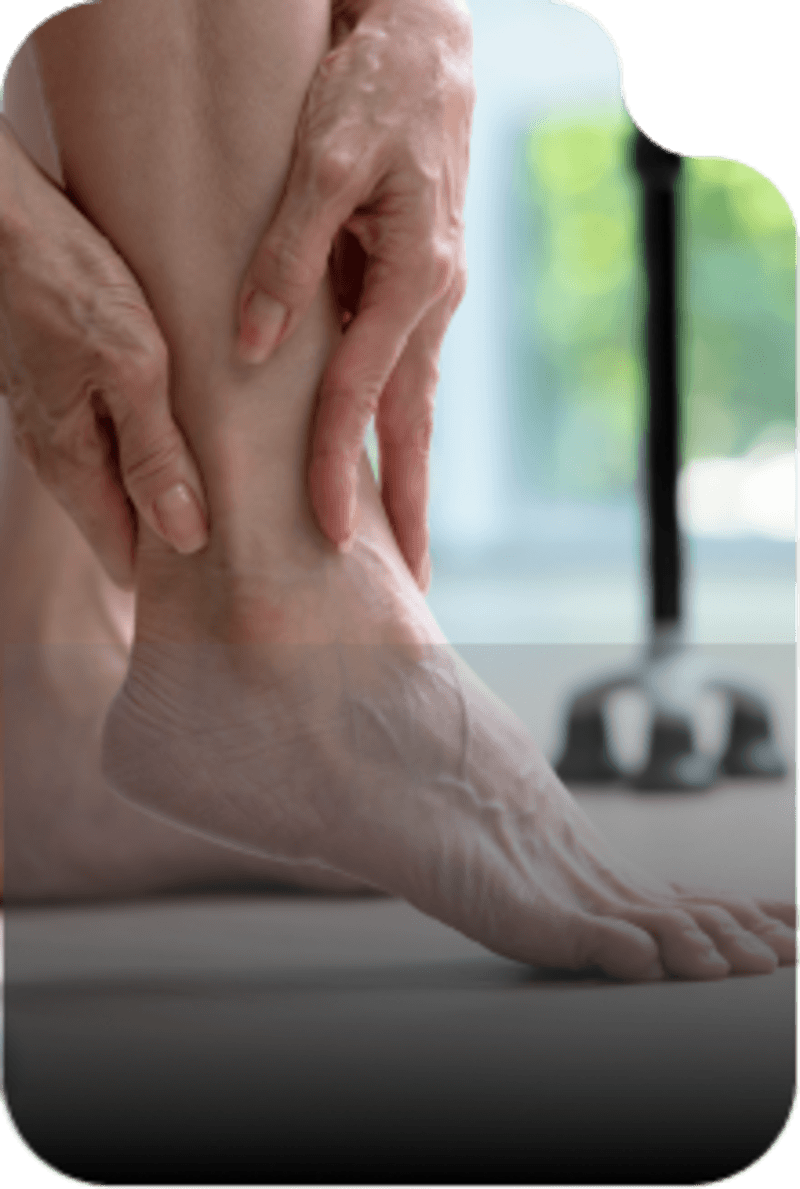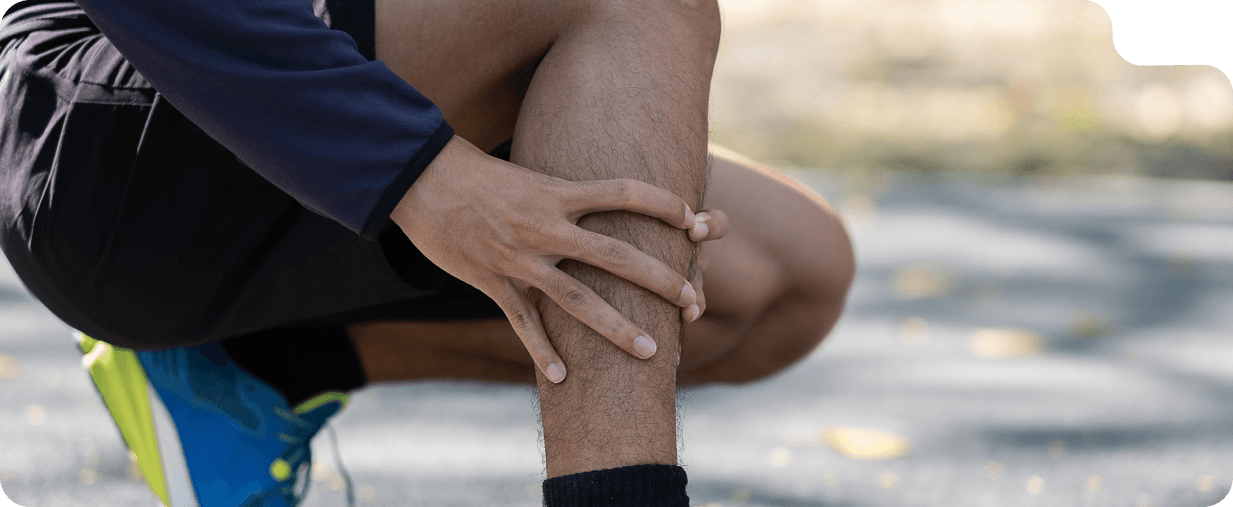What Is a Calf Muscle Strain?
A calf muscle strain is an inflamed or painful sensation in your calf muscle. We often see this condition happen in athletes and active individuals who use their feet regularly, whether in sports, at work, or during recreational activities.
Calf muscles can be divided into three major muscle groups on the lower leg:
- The gastrocnemius muscle: The largest part of the calf muscle that’s at the surface of the skin.
- The soleus muscle: A deeper muscle that connects your knee to your Achilles tendon.
- The plantaris muscle: A small muscle that runs down the length of your lower leg. Not everyone has a plantaris muscle.
The first step to recovery is understanding which muscle group is affected, and customising a treatment plan to target that muscle. For example, gastrocnemius injury recovery involves strengthening in standing, knee flexion, and hamstrings. Meanwhile, recovery of the soleus muscle involves strengthening in both the seated and standing positions.















